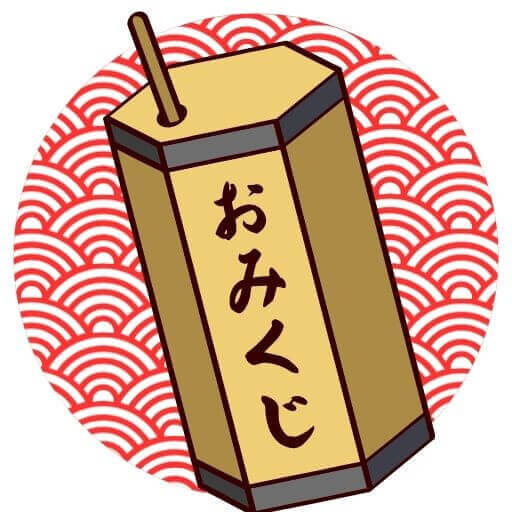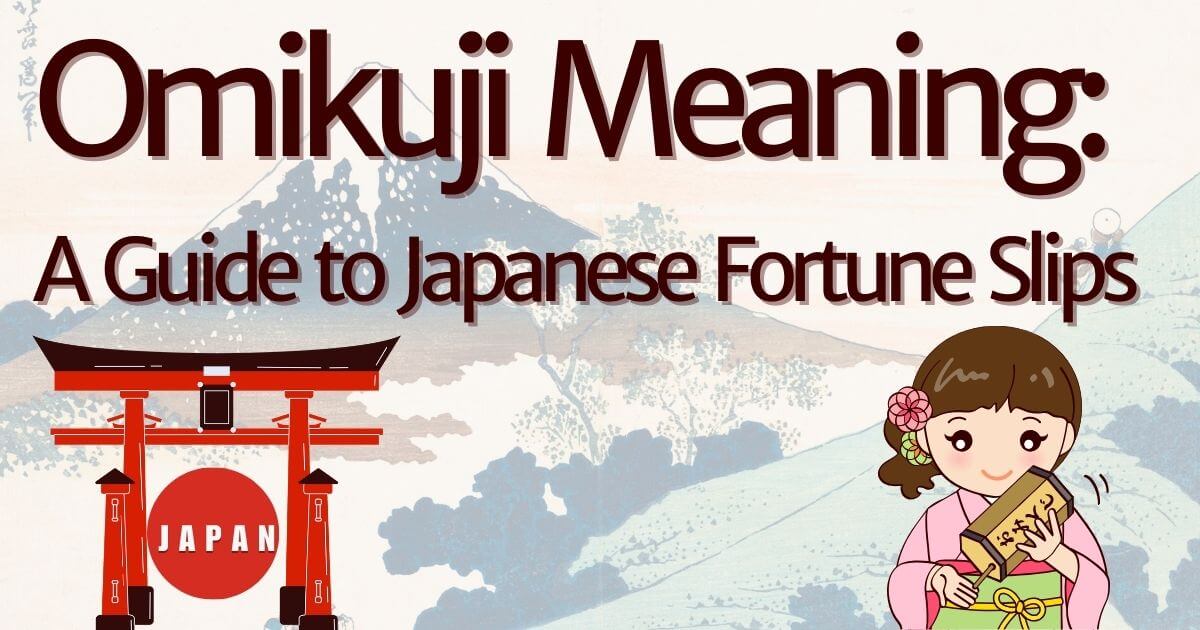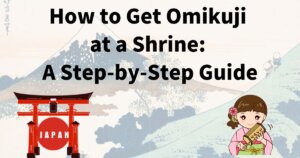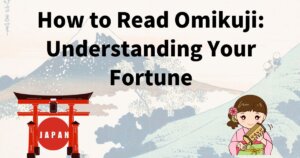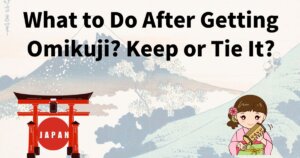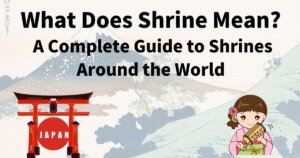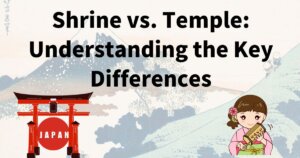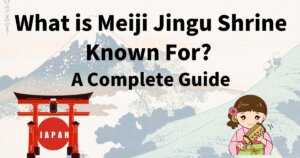What is Omikuji? Understanding Japan’s Traditional Fortune-Telling Slips
📌 This article will help you understand:
1️⃣ The meaning and history of Omikuji – Where it originated and how it evolved.
2️⃣ How to draw and interpret Omikuji – The traditional process and ranking system.
3️⃣ The difference between shrine and temple Omikuji – How their messages and purposes vary.
4️⃣ What to do after receiving Omikuji – Whether to keep it, tie it, or take action based on its advice.

Definition: What Does Omikuji Mean?
Omikuji (おみくじ) are Japanese fortune-telling slips found at Shinto shrines and Buddhist temples. They offer insights into one’s future and luck in various aspects of life, such as health, love, business, and academics.
History: The Origins of Omikuji
The tradition of Omikuji dates back to the Heian period (794–1185) when they were used for decision-making in religious and political matters. Over time, they evolved into personal fortune-telling slips for shrine visitors.
How to Draw Omikuji: The Traditional Process
Visitors typically draw Omikuji by:
✅ Making an offering at the shrine or temple.
✅ Shaking a wooden box until a numbered stick falls out.
✅ Receiving a corresponding paper slip from a priest or vending machine.
Types of Omikuji: Understanding the Fortune Rankings
Omikuji fortunes are categorized into different levels of luck:
Daikichi (大吉) – Great blessing, the best fortune.
Kichi (吉) – Good fortune, generally positive luck.
Shokichi (小吉) – Small blessing, moderate luck.
Kyo (凶) – Bad fortune, unfavorable luck.
Common Themes in Omikuji Messages
Omikuji often provide guidance on:
Health – Advice on staying well and avoiding illness.
Love & Relationships – Insights into romance and compatibility.
Career & Business – Success in work and financial matters.
Travel – Blessings or warnings for journeys.
What to Do After Receiving an Omikuji? Proper Etiquette
Should You Keep or Tie Your Omikuji?
✅ If the fortune is good – Keep it as a lucky charm in your wallet or at home.
✅ If the fortune is bad – Tie it to a designated rack at the shrine to leave bad luck behind.
How Often Should You Draw Omikuji?
While some people draw Omikuji only at New Year, others do it whenever they seek guidance or reassurance.
Shrine vs. Temple Omikuji: What’s the Difference?
Shrine Omikuji – Focus on general life guidance and spiritual messages.
Temple Omikuji – May include Buddhist scriptures or teachings.
What to Do if You Receive a Bad Fortune?
⚠️ Do not panic – Omikuji is meant as guidance, not absolute fate.
⚠️ Take it as advice – Use the message to reflect and make positive changes.
⚠️ Tying the Omikuji at a shrine is a traditional way to leave bad luck behind.
Modern Omikuji: Digital & Customized Versions
Some shrines now offer:
Digital Omikuji – Available via vending machines or mobile apps.
Custom Omikuji – Special versions for love, career, or specific blessings.
Conclusion: Key Takeaways
✅ Omikuji are fortune-telling slips found at Japanese shrines and temples.
✅ They predict luck in health, love, business, and more.
✅ The tradition dates back to the Heian period (794–1185).
✅ Omikuji are ranked from Daikichi (great luck) to Kyo (bad luck).
✅ They are drawn by shaking a wooden box and selecting a numbered stick.
✅ Good Omikuji can be kept, while bad ones are often tied at the shrine.
✅ Shrine Omikuji provide general guidance, while temple Omikuji may include Buddhist teachings.
✅ Omikuji should be taken as guidance, not absolute fate.
✅ Some people draw Omikuji only during New Year, while others do it anytime.
✅ Digital Omikuji are becoming more popular.
